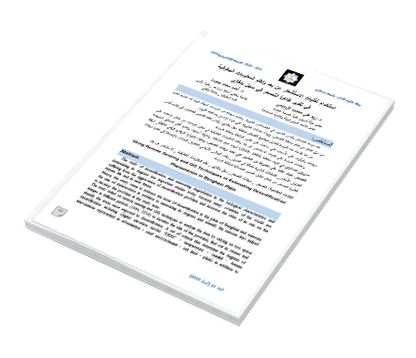Using Remote Sensing and GIS Techniques in Estimating Desertification Phenomenon in Benghazi Plain
DOI:
https://doi.org/10.37376/jofoa.vi47.2096Keywords:
Desertification - Degrees of Desertification - Plain of Benghazi - GIS - Remote Sensing.Abstract
The study of desertification and measuring degradation in the biological characteristics and determining its degrees are important studies today because many countries of the world are suffering from the aggravation of desertification problem and increase the rates of its risk on the human life and its near future.
Hence, this study came to address the issue of desertification in the plain of Benghazi and measure the size of deterioration in addition to measuring its degrees and identify the reasons that helped to develop the problem in the study area.
The study relied on remote sensing and GIS techniques to analyze the data by relying on two space images in different periods (1984, 2019) to monitor the size of the problem, find out its causes and identify the areas most exposed to desertification. A set of criteria that determine the degrees of desertification including (digital elevation model “DEM” - temperature - rainfall - human interventions represented in urbanization - sand encroachment - salt land - plant) in addition to determining the grades of desertification risk through analyzing the space images of the study area.
Downloads





